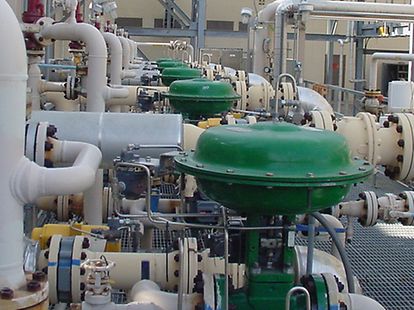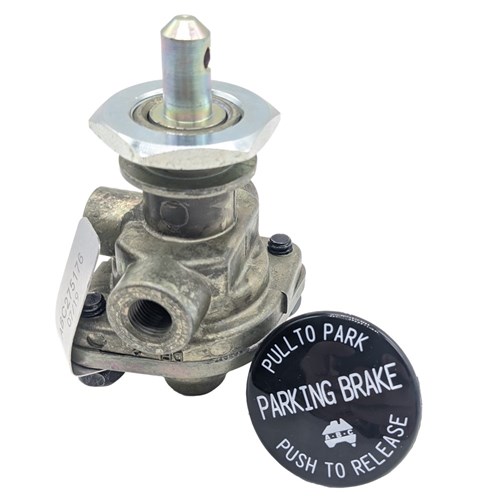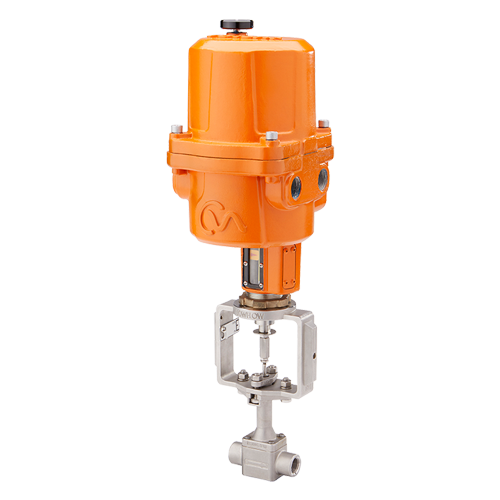Selecting the Right Control Valves: An Overview to Ideal System Efficiency
Selecting the Right Control Valves: An Overview to Ideal System Efficiency
Blog Article
Achieve Seamless Integration and Control With Quality Structure Automation Controls
In the realm of modern building monitoring, the significance of high quality building automation controls can not be overstated. Embracing quality building automation controls is not simply an issue of benefit but a calculated imperative for organizations aiming to enhance their facilities' efficiency and sustainability.

Advancement of Building Automation Controls
Throughout the past couple of years, the advancement of constructing automation controls has considerably changed the means buildings are managed and run. Building automation systems mainly concentrated on fundamental features such as controlling air flow, air, and heating conditioning (COOLING AND HEATING) systems. Nonetheless, as innovation advanced, these controls have come to be a lot more sophisticated, enabling for a broader variety of building systems to be integrated and handled centrally.
The evolution of constructing automation controls has actually seen a change in the direction of even more smart systems that can adapt to changing problems in real-time. This versatility is critical for optimizing energy effectiveness and guaranteeing resident convenience. Additionally, modern structure automation controls now use functions such as predictive maintenance, remote surveillance, and information analytics, allowing center managers to make data-driven decisions to enhance structure efficiency.

Benefits of High Quality Combination
The advancement in structure automation regulates towards more intelligent systems has actually emphasized the considerable benefits of top quality assimilation in maximizing structure procedures and improving overall effectiveness. Quality integration of developing automation controls uses numerous vital advantages. Firstly, it causes enhanced power efficiency by permitting different systems to function with each other perfectly, guaranteeing optimum efficiency and lowering energy waste. Second of all, top quality integration boosts resident convenience and efficiency by enabling customized control over ecological settings like illumination, air, and temperature level high quality. This modification can cause an extra conducive and comfy working or living setting. Furthermore, top quality assimilation streamlines maintenance and troubleshooting procedures, as all systems are interconnected and can be checked and regulated from a centralized interface. This centralized control likewise supplies better presence and understandings right into building efficiency, allowing proactive upkeep and optimization strategies. Generally, the advantages of quality assimilation in building automation controls are undeniable, offering boosted effectiveness, comfort, and operational efficiency.
Improved User Experience and Accessibility
Enhancing individual communication with structure automation controls through intuitive design and enhanced more helpful hints accessibility boosts the overall experience for passengers and facility supervisors alike. By concentrating on individual experience, developing automation systems can come to be much more straightforward and reliable. Intuitive interfaces, clear navigating, and personalized settings encourage users to interact with the controls easily and properly.
Accessibility attributes play a critical function in ensuring that all individuals, consisting of those with specials needs, can utilize the structure automation controls effortlessly. Including attributes such as voice commands, tactile switches, and color-contrasted screens can improve ease of access and make the controls more comprehensive.
Furthermore, boosted customer experience leads to higher user complete satisfaction, boosted efficiency, and better decision-making. Residents can adjust ecological settings according to their preferences, while facility supervisors can successfully keep track of and handle building systems - control valves. Generally, focusing on customer experience and availability in building automation manages contributes to an extra productive and smooth structure setting for all stakeholders included
Lasting Practices Via Automation

Additionally, automation can help with the assimilation of renewable energy sources such as solar panels or wind generators into building procedures. Through automation, structures can align with modern-day sustainability objectives and contribute to a greener future.
Future Trends in Building Control Solution
In anticipation of advancing innovations and evolving sustainability practices, the trajectory of building control systems is poised to welcome cutting-edge services and transformative methods. One popular trend shaping the future of building control systems is the raised combination of Expert system (AI) and equipment learning. These modern technologies enable structures to adjust in real-time to altering problems, maximizing power usage and improving comfort for occupants. Furthermore, the Internet of Things (IoT) is reinventing structure control systems by connecting tools and sensors to improve procedures and improve effectiveness.
One more crucial fad is the emphasis on cybersecurity procedures to protect versus prospective risks to constructing automation systems. read here As buildings become a lot more interconnected, ensuring robust cybersecurity protocols will be necessary to protect sensitive data and avoid unapproved accessibility.
In addition, the change towards cloud-based platforms is gaining momentum, enabling systematized control and remote access to structure systems. This promotes much easier monitoring, upkeep, and updates, enhancing the total performance and versatility of structure control systems. As technology proceeds to breakthrough, these fads are anticipated to shape the future landscape of building automation controls, driving technology and sustainability in the built environment.
Final Thought
Future patterns in structure control systems are most likely to focus on additional boosting automation abilities for enhanced energy efficiency and total efficiency. It is important for building owners and drivers to focus on the fostering of top quality structure automation manages to enhance building procedures and attain long-lasting sustainability objectives.
In the realm of modern-day building administration, the significance of quality structure automation controls can not be overstated. Generally, the advancement of building automation manages proceeds to drive technology in the building management sector, providing brand-new possibilities for developing smarter and extra sustainable structures.
The development in structure automation controls towards more intelligent systems has highlighted the considerable advantages of top quality assimilation in enhancing building operations and boosting overall efficiency. Generally, prioritizing user experience and ease of access in building automation regulates adds to a much more seamless and productive building atmosphere for all stakeholders entailed.
It is important for building owners and drivers to prioritize the adoption of high quality structure automation regulates to maximize building operations and attain long-term sustainability objectives. - control valves
Report this page